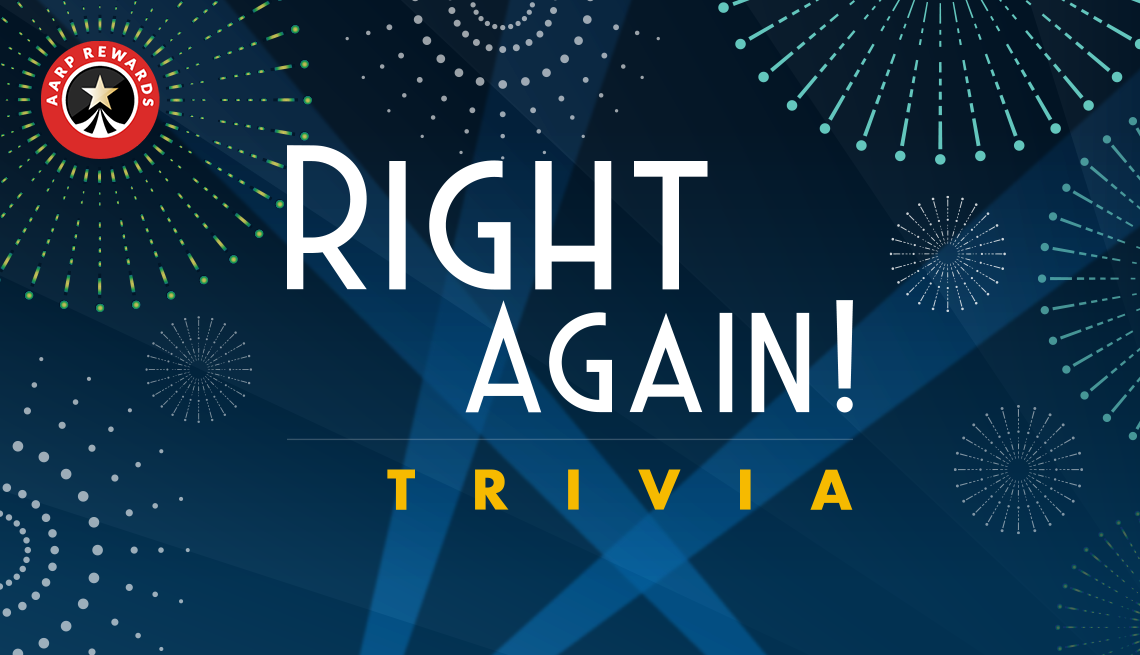AARP Hearing Center
- AARP Online Community
- Games
- Games Talk
- Games Tips
- Leave a Game Tip
- Ask for a Game Tip
- AARP Rewards
- AARP Rewards Connect
- Earn Activities
- Redemption
- AARP Rewards Tips
- Ask for a Rewards Tip
- Leave a Rewards Tip
- Help
- Membership
- Benefits & Discounts
- General Help
- Caregiving
- Caregiving
- Grief & Loss
- Caregiving Tips
- Ask for a Caregiving Tip
- Leave a Caregiving Tip
- Entertainment Forums
- Rock N' Roll
- Leisure & Lifestyle
- Health Forums
- Brain Health
- Healthy Living
- Medicare & Insurance
- Health Tips
- Ask for a Health Tip
- Leave a Health Tip
- Home & Family Forums
- Friends & Family
- Introduce Yourself
- Our Front Porch
- Money Forums
- Budget & Savings
- Scams & Fraud
- Retirement Forum
- Retirement
- Social Security
- Technology Forums
- Computer Questions & Tips
- Travel Forums
- Destinations
- Work & Jobs
- Work & Jobs
- AARP Online Community
- Home & Family Forums
- Our Front Porch
- Re: Funny Stories and Life Experiences
The message you are trying to access is permanently deleted.
Funny Stories and Life Experiences
- Subscribe to RSS Feed
- Mark Topic as New
- Mark Topic as Read
- Float this Topic for Current User
- Bookmark
- Subscribe
- Printer Friendly Page
- Mark as New
- Bookmark
- Subscribe
- Mute
- Subscribe to RSS Feed
- Permalink
- Report
Funny Stories and Life Experiences
New topic featuring funny stories.
This is something to think about when negative people are doing their best to rain on your parade…
So remember this story the next time …
A woman was at her hairdresser's getting her hair styled for a trip to Rome with her husband..
She mentioned the trip to the hairdresser, who responded:
" Rome? Why would anyone want to go there? It's crowded and dirty.
You're crazy to go to Rome. So, how are you getting there?"
"We're taking Continental," was the reply. "We got a great rate!"
Continental?" exclaimed the hairdresser. "That's a terrible airline. Their planes are old, their flight attendants are ugly, and they're always late. So, where are you staying in Rome?"
"We'll be at this exclusive little place over on Rome's Tiber River called Teste."
"Don't go any further. I know that place. Everybody thinks it’s going to be something special and exclusive, but it's really a dump."
"We're going to go to see the Vatican and maybe get to see the Pope."
"That's rich," laughed the hairdresser. "You and a million other people trying to see him. He'll look the size of an ant. Boy, good luck on this lousy trip of yours. You're going to need it."
A month later, the woman again came in for a hairdo. The hairdresser asked her about her trip to Rome.
"It was wonderful," explained the woman, "not only were we on time in one of Continental's brand new planes, but it was overbooked,
and they bumped us up to first class. The food and wine were wonderful, and I had a handsome 28-year-old steward who waited on me hand and foot..
And the hotel was great! They'd just finished a $5 million remodeling job,
and now it's a jewel, the finest hotel in the city.
They, too, were overbooked, so they apologized and gave us their owner's suite at no extra charge!"
"Well," muttered the hairdresser, "that's all well and good, but I know you didn't get to see the Pope."
"Actually, we were quite lucky, because as we toured the Vatican, a Swiss Guard tapped me on the shoulder, and explained that the Pope likes to meet some of the visitors, and if I'd be so kind as to step into his private room and wait, the Pope would personally greet me. Sure enough, five minutes later, the Pope walked through the door
and shook my hand! I knelt down and he spoke a few words to me.."
"Oh, really! What'd he say?"
He said: “Who screwed up your hair?”
‐‐------------------------
Solved! Go to Solution.
- Tags:
- five stars
- four stars
- Mark as New
- Bookmark
- Subscribe
- Mute
- Subscribe to RSS Feed
- Permalink
- Report
- Mark as New
- Bookmark
- Subscribe
- Mute
- Subscribe to RSS Feed
- Permalink
- Report
HOW TO START A FIGHT!
I took my wife to a restaurant.
The waiter, for some reason, took my order first.
“I’ll have the rump steak, rare, please.”
He said, “Aren’t you worried about mad cow?”
“Nah, she can order for herself.”
And that’s how the fight started…
- Mark as New
- Bookmark
- Subscribe
- Mute
- Subscribe to RSS Feed
- Permalink
- Report
- Mark as New
- Bookmark
- Subscribe
- Mute
- Subscribe to RSS Feed
- Permalink
- Report
1. Now that’s what I call stupid: In my junior year of high school, this guy asked me on a date. He rented a Redbox movie and made a pizza. We were watching the movie and the oven beeped so the pizza was done. He looked me dead in the eye and said, “This is the worst part.” I then watched this boy open the oven and pull the pizza out with his bare hands, rack and all, screaming at the top of his lungs. We never had a second date.
2. The fake report card: I failed the first quarter of a class in middle school, so I made a fake report card. I did this every quarter that year. I forgot that they mail home the end-of-year cards, and my mom got it before I could intercept with my fake. She was PISSED—at the school for their error. The teacher also retired that year and had already thrown out his records, so they had to take my mother’s “proof” (the fake ones I made throughout the year) and “correct” the “mistake.” I’ve never told her the truth.
3. All the fish: I went to this girl’s party the week after she beat the **bleep** out of my friend. While everyone was getting trashed, I went around putting tuna inside all the curtain rods and so like weeks went by and they couldn’t figure out why the house smelled like festering death. They caught me through this video where these guys at the party were singing Beyoncé while I was in the background with a can of tuna.
4. How to win at video games: When I was little, I would go on Nickelodeon.com all the time and they had this game similar to Club Penguin, except it was called Nicktropolis. And if you forgot your password, a security question you could choose was “What is your eye color?” and if you got it right it’d tell you your password. So I would go to popular locations in Nicktropolis and write down random usernames who were also in those areas, and then I would log out and type in the username as if it were my own and see which of these usernames had a security question set to “What is your eye color?” (Which was most of them, since it was easy and we were all kids). I would then try either brown, blue, or green, and always get in, then I would go to their house and send all of their furniture and decorations to my own accounts. And if I didn’t want it, I could sell it for money.
5. Drama at my drama class: One time my drama class’s teacher had gone home sick so we were just put in a classroom with a movie to entertain us for the period when an alarm went off. None of us were sure if it was the fire alarm or the lockdown alarm, so we all head out into the hall to check and no one’s out there, so we head back in and climb under our desks as is lockdown procedure. Cut to an hour or so later when a teacher bursts in and nearly dies of relief because the school was on fire and we were the only students not accounted for and half the faculty and fire department had beenA Z searching for us for ages. Literally, the whole school had filled with smoke while we’d kept super safe under our wooden desks.
- Mark as New
- Bookmark
- Subscribe
- Mute
- Subscribe to RSS Feed
- Permalink
- Report
- Mark as New
- Bookmark
- Subscribe
- Mute
- Subscribe to RSS Feed
- Permalink
- Report
It's Time You Know the Difference Between Veterans Day and Memorial Day
A few years ago, there was a viral Facebook post about a woman getting a haircut before Memorial Day weekend. She had lost her husband in a Navy helicopter crash months prior. He died on deployment, never having met their youngest son. So, when the smiling receptionist wished her a "Happy Memorial Day" after she had buried her spouse, the words cut extra deep.
Before you tag every veteran and service member on Facebook and wish them a Happy Memorial Day, remember that, in this community, Memorial Day means something much, much bigger than the start of summer. The day feels fraught with memories of those we've lost, mixed with gratitude for the times we've had.
- Mark as New
- Bookmark
- Subscribe
- Mute
- Subscribe to RSS Feed
- Permalink
- Report
HEADSTONES SHARE COVER
OF GORDON LIGHTFOOT’S CLASSIC TRACK
“THE WRECK OF THE EDMUND FITZGERALD”

WATCH THE VIDEO NOW BELOW!
Following on the heels of their successful album Little Army, Headstones have once again been busy recording new music in Kingston, with plans to release a new record later this year. After working at The Bathouse Studio, the band was inspired to release their version of the Gordon Lightfoot classic “The Wreck Of The Edmund Fitzgerald.” Always a song on their radar, circumstances finally clicked into place to give them the right opportunity to share their take with their fans.
This impactful interpretation of the iconic track chronicling the sinking of the bulk carrier SS Edmund Fitzgerald on Lake Superior on November 10, 1975 was a #1 hit for Lightfoot and remains one of his best-loved songs. While showing respect for the past, Headstones have put their unique spin on the song to introduce it to a whole new rock audience. The accompanying video was shot on location in Kingston, Ontario.
About the track the band says, “We’ve always loved this song. It’s profoundly meaningful. We started to play it during our tour VIP soundchecks, and our fans really responded to it…. The feedback was exceptional.”
After wrapping a successful 2018 celebrating the 25th anniversary of their debut album Picture Of Health with a Canadian tour and a remastered edition of the album, Headstones have begun to rollout dates for the summer. Recently announcing a performance at the 2019 Kick Off Concert for The Sound Of Music Festival in Burlington, Ontario on June 8thalongside Monster Truck, Bush and LIVE, as well as dates at the RockinWheel for Spinal Cord Research in Mount Brydges, Ontario on June 22nd and the Roxodus Music Festival in Clearview, Ontario happening July 11 – 13th
For more information or tickets please visit: www.headstonestheband.com and watch our socials for more.
Link to hear the song: https://headstonesband.com/news-2/the-wreck-of-the-edmund-fitzgerald/
- Mark as New
- Bookmark
- Subscribe
- Mute
- Subscribe to RSS Feed
- Permalink
- Report
Largest Marine Catastrophe on the Great Lakes
Much attention has been paid to the sinking of the Edmund Fitzgerald on November 10, 1975. The loss of the largest ship in the Laker fleet and 29 lives was a horrific event. However, the most savage storm in the history of the Great Lakes swept the inland waters on November 7-12, 1913. The storm resulted in the sinking and damage of muiany ships and hundreds of crewmen and women killed in the icy Great Lakes.
Link: https://thumbwind.com/2016/11/07/1913-great-lakes-storm/
- Mark as New
- Bookmark
- Subscribe
- Mute
- Subscribe to RSS Feed
- Permalink
- Report
- Mark as New
- Bookmark
- Subscribe
- Mute
- Subscribe to RSS Feed
- Permalink
- Report
Wienermobile" is a series of automobiles shaped like a hot dog on a bun which are used to promote and advertise Oscar Mayer products in the United States. The first version was created in 1936 by Oscar Mayer's nephew, Carl G. Mayer, and variants are still used by the Oscar Mayer company today. Drivers of the Wienermobiles are known as Hotdoggers and often hand out toy whistles shaped as replicas of the Wienermobile, known as Wienerwhistles.
History
The Oscar Mayer Wienermobile has evolved from Carl Mayer's original 1936 vehicle[1] to the vehicles seen on the road today. Although fuel rationing kept the Wienermobile off the road during World War II, in the 1950s Oscar Mayer and the Gerstenslager Company created several new vehicles using a Dodge chassis or a Willys Jeep chassis. One of these models is on display at the Henry Ford Museum in Dearborn, Michigan. These Wienermobiles were piloted by "Little Oscar" (portrayed by George Molchan) who would visit stores, schools, orphanages, and children's hospitals and participate in parades and festivals.
In 1969, new Wienermobiles were built on a Chevrolet motor home chassis and featured Ford Thunderbird taillights. The 1969 vehicle was the first Wienermobile to travel outside the United States. In 1976 Plastic Products, Inc., built a fiberglass and styrofoam model, again on a Chevrolet motor home chassis.
In 1988, Oscar Mayer launched its Hotdogger program, where recent college graduates were hired to drive the Wienermobile through various parts of the nation and abroad. Using a converted Chevrolet van chassis, Stevens Automotive Corporation and noted industrial designer Brooks Stevens built a fleet of six Wienermobiles for the new team of Hotdoggers.
With the 1995 version, the Wienermobile grew in size to 27 feet (8.2 m) long and 11 feet (3.4 m) high.[2] The 2004 version of the Wienermobile includes a voice-activated GPS navigation device, an audio center with a wireless microphone, a horn that plays the Wiener Jingle in 21 different genres from Cajun to Rap to Bossa Nova, according to American Eats, and sports fourth generation Pontiac Firebird taillights.
Following mechanical problems with the Isuzu Elf, Oscar Mayer decided to adopt a larger chassis in order to accommodate an increase in size of the signature wiener running through the middle. While the Wienermobile was not as long as the 1995 version, it was considerably wider and taller. Craftsmen Industries went through numerous overhauls of the truck including a flipped axle and a leveling kit. This version held a record for numerous suspension problems, most leading to the chassis not being able to hold the large weight of the Oscar Mayer Wiener.
In 2004, Oscar Mayer announced a contest whereby customers could win the right to use the Wienermobile for a day. Within a month, the contest had generated over 15,000 entries.
In June 2017 the company introduced several new hot-dog-themed vehicles, including the WienerCycle, WeinerRover and WienerDrone.
This parade favorite was located in Madison, Wisconsin for many years as Oscars Mayer was located her for decades
INSPIRING CHILDHOOD NOSTALGIA AND A HEALTHY APPETITE SINCE 1936

Six Wienermobiles tour the United States each year. They’re out and about right now. So, keep your eyes peeled! Known by nicknames such as Bunderstruck, SpeedyWeiner, Autobuhn, and DriftDog (you get the idea), each vehicle sits atop a Chevy W4 truck chassis.
But the real magic comes in the form of their easily recognizable, utterly unforgettable custom crafted fiberglass bodies. These sleek dogs represent visions of both sentimentality and longing. What do we mean? Name another vehicle capable of inspiring such intense childhood memories and a healthy appetite at the same time…
Or, ask any hotdogger—the official title for the pairs of college graduates that drive and work each Wienermobile—and they’ll tell you endless stories about the nostalgia people feel when they see a Wienermobile. In fact, the primary job of the Wienermobile and the hotdoggers who drive it are to celebrate memories of bygone days while inspiring new ones.
The Weinermobile proves just as iconic as Tom and Jerry,Nintendo, and Metallica. That said, you’ll find no heavy metal on the Wienermobile. While the horn can play 20 different versions of the Oscar Mayer Wiener Song, including reggae and rap, heavy metal never made the playlist. Sorry, Ozzie.



- Mark as New
- Bookmark
- Subscribe
- Mute
- Subscribe to RSS Feed
- Permalink
- Report
- Mark as New
- Bookmark
- Subscribe
- Mute
- Subscribe to RSS Feed
- Permalink
- Report
After a Hiker Injured Her Knee, Strangers Took Turns Carrying Her Down the Mountain to Safety
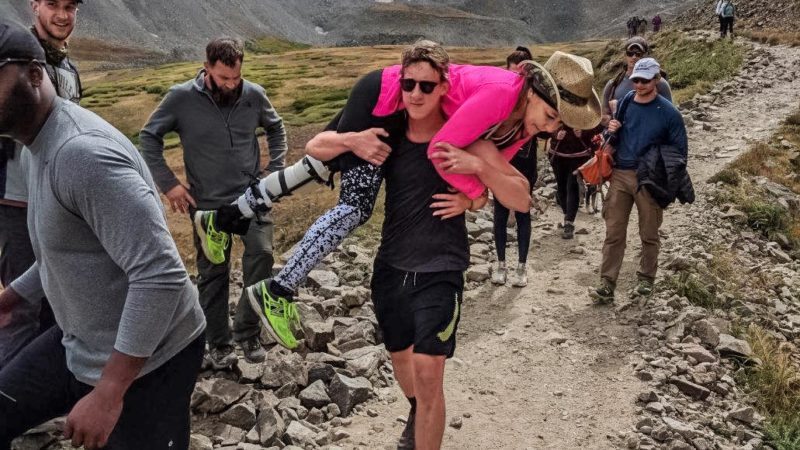
Colorado’s grays peak rises 14,278 feet above sea level, high enough that trees can’t grow toward the top, though there are plenty of shrubs, rocks, and boulders. It was in this unforgiving terrain that Bev Wedelstedt was unlucky enough to rupture the anterior cruciate ligament and meniscus in her left knee.
It was August 2018, and Wedelstedt, 56, was on her way back down the trail with three friends. A storm was brewing, and they were anxious to get off the mountain. When they approached a rocky drop of a couple of feet, Wedelstedt decided that instead of shimmying down on her butt—the safe way to go—she would leap. She landed on her left leg.
Then she heard the snap.
Every step after that was agony. Before long, she had to stop. As one friend ran down to get help, a number of other hikers, all strangers, attempted to help Wedelstedt down the narrow trail by walking on either side of her to support her weight, but that proved slow and dangerous. One man “was so close to the ledge I could see rocks tumbling down from where he stepped on them,” Wedelstedt says.
Finally, one hiker, Matt, asked her, “How do you feel about a fireman’s carry?” Before she knew it, he had lifted her over his shoulder. “Now, I’m not tiny,” says Wedelstedt, a former college basketball star. Matt clearly couldn’t carry her all the way down by himself. So six hikers and one of her friends took turns carrying her while she tried to make light of a difficult situation: “I told them I wanted to meet a lot of guys, but this isn’t the way I wanted to do it.” Three hours and two rock-strewn miles later, this human conveyor belt finally met the medics, who took Wedelstedt to the hospital.
She has mostly recovered from her ill-fated hike, but Wedelstedt knows she’ll never shake one thing from that day: the memory of the band of strangers who came to her rescue. “I’m still in awe.”
- Mark as New
- Bookmark
- Subscribe
- Mute
- Subscribe to RSS Feed
- Permalink
- Report
"I downloaded AARP Perks to assist in staying connected and never missing out on a discount!" -LeeshaD341679




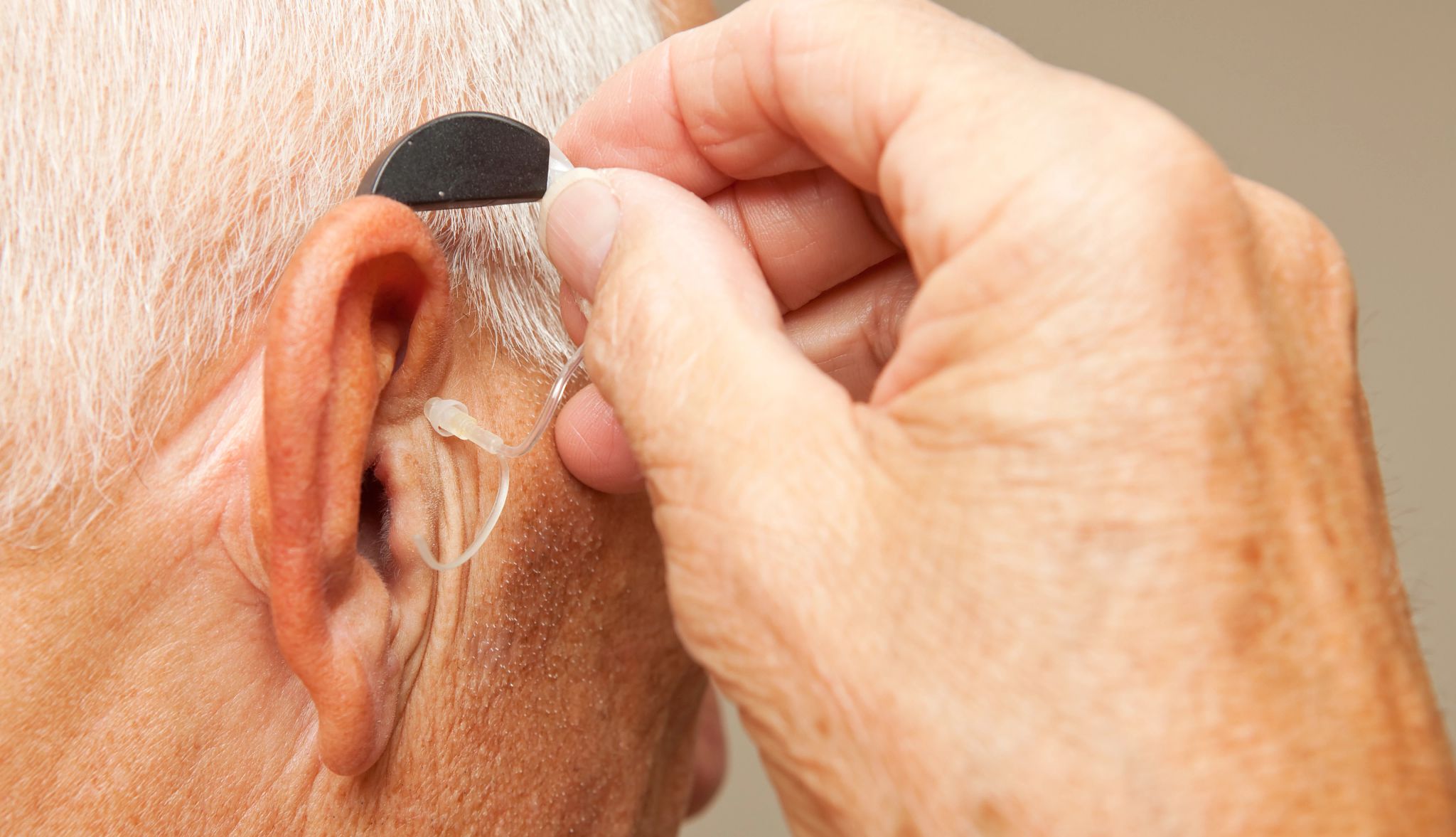




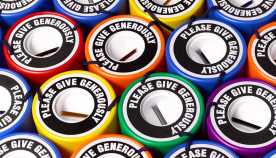
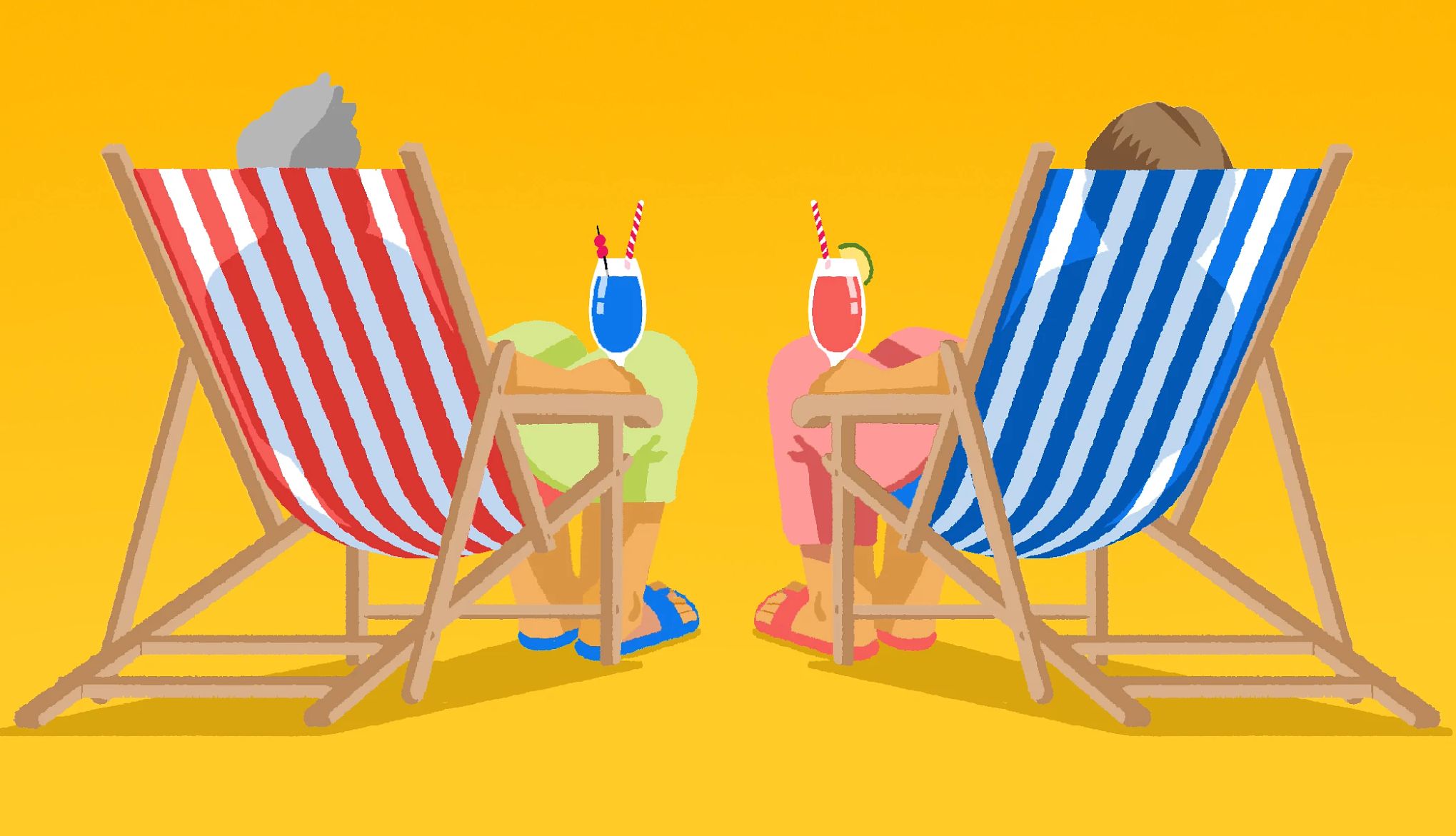

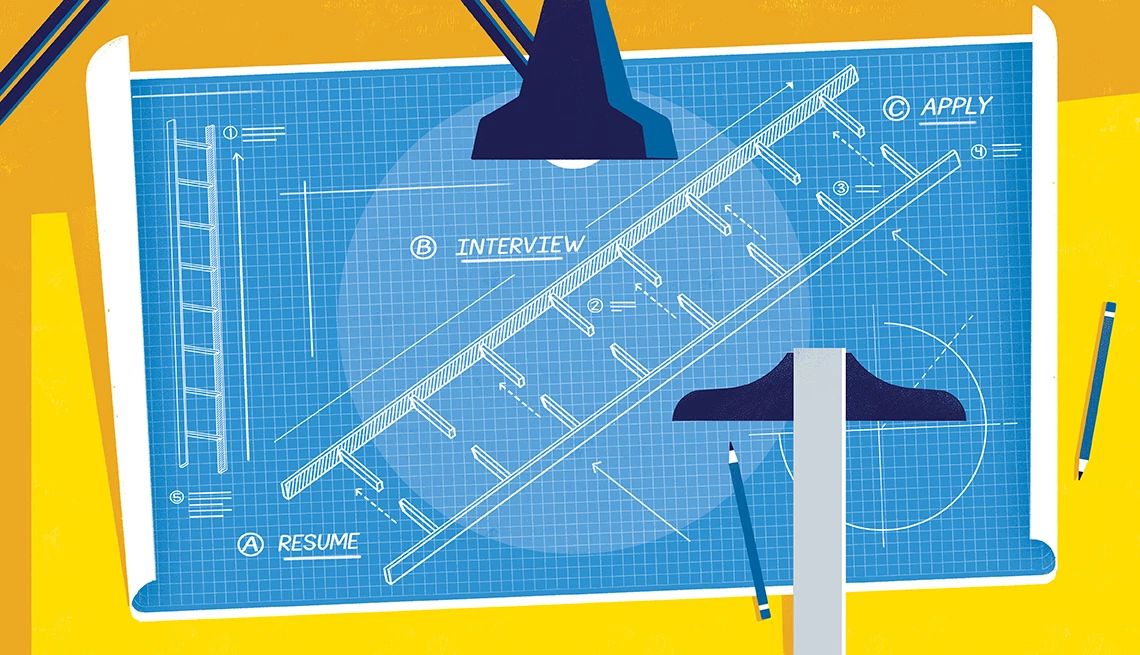






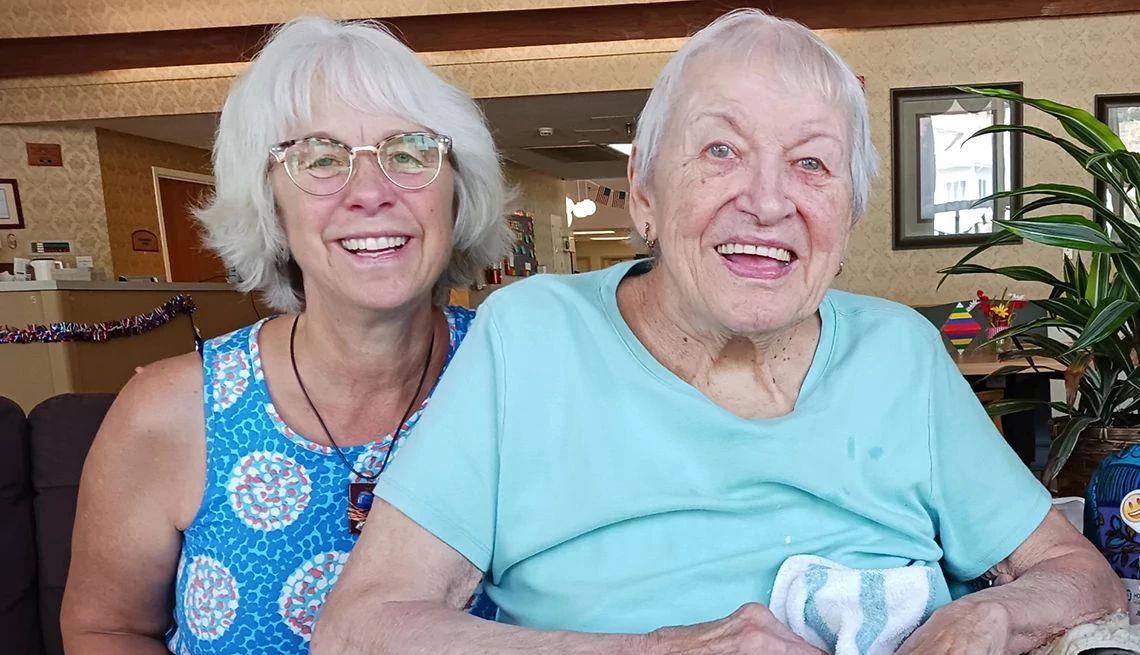










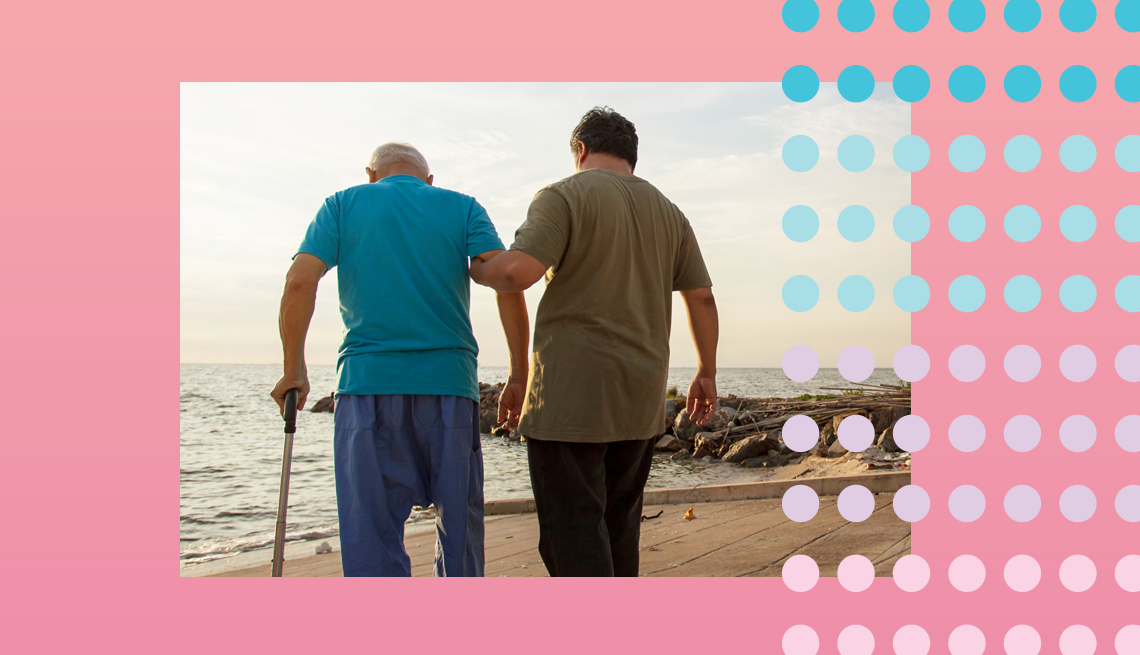








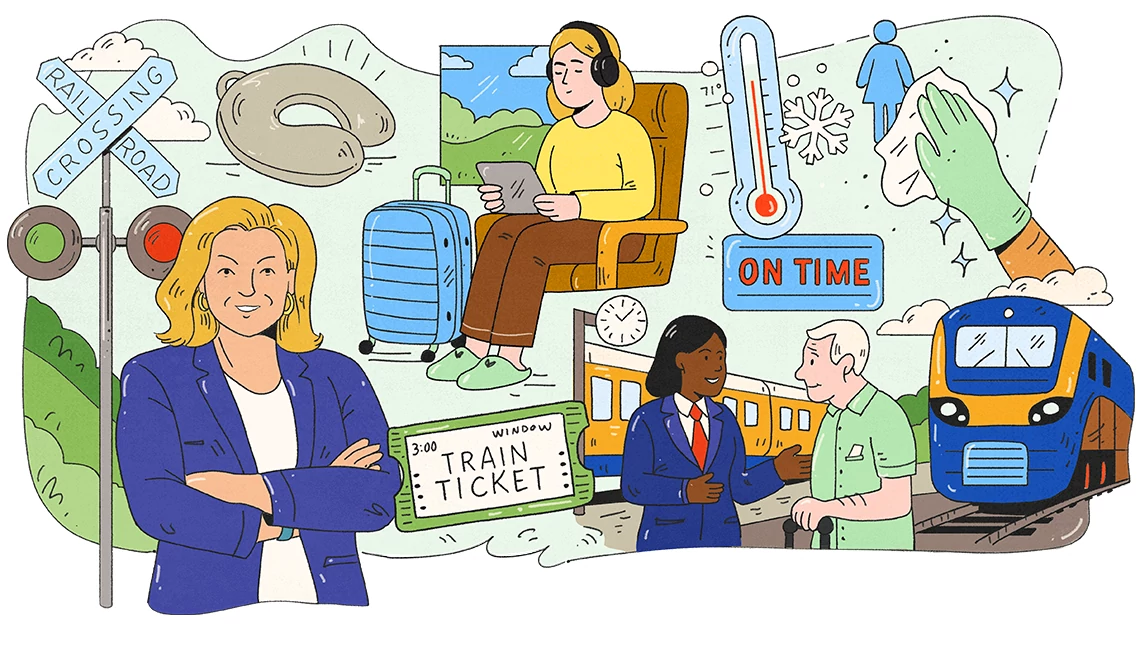
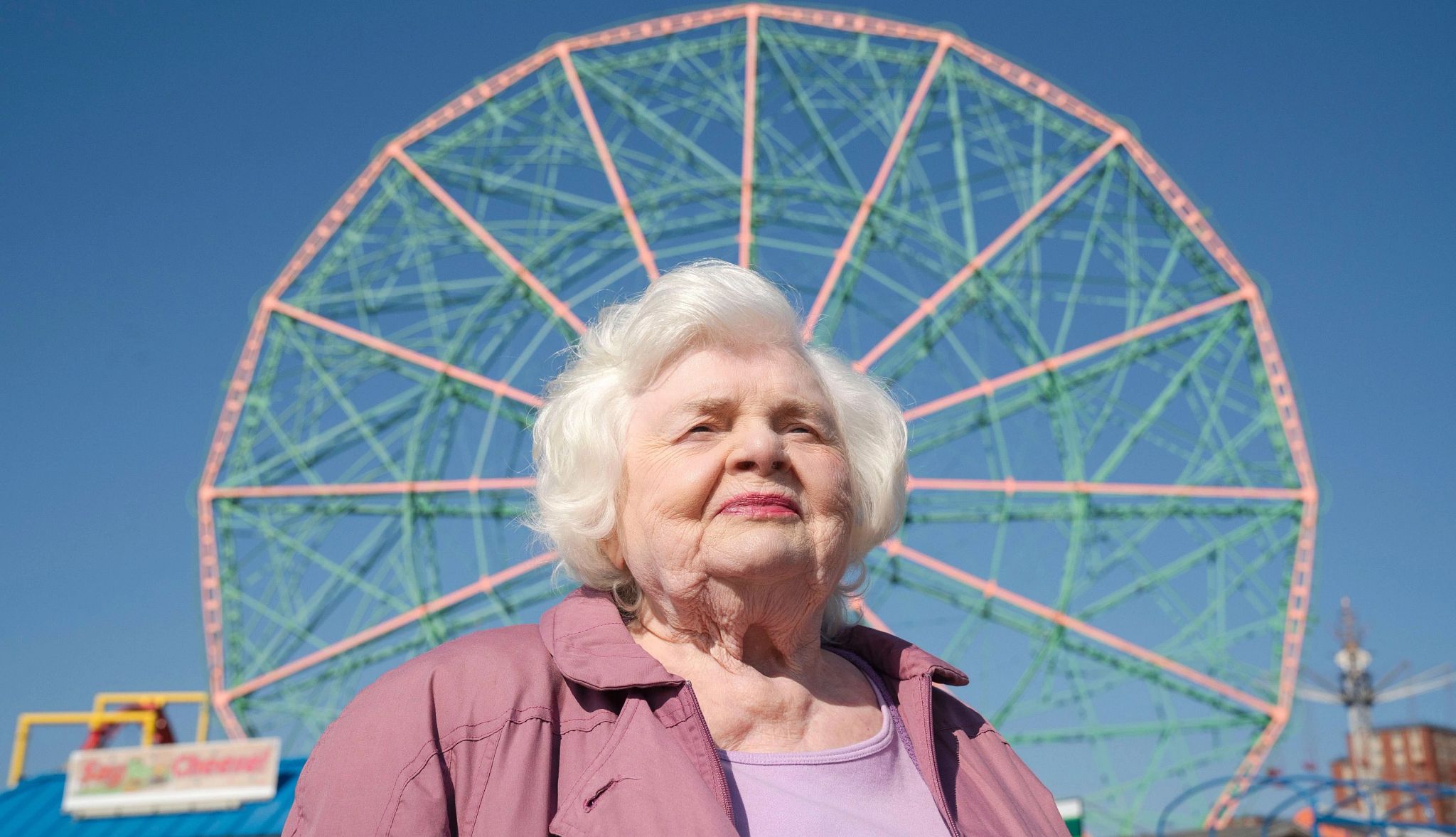
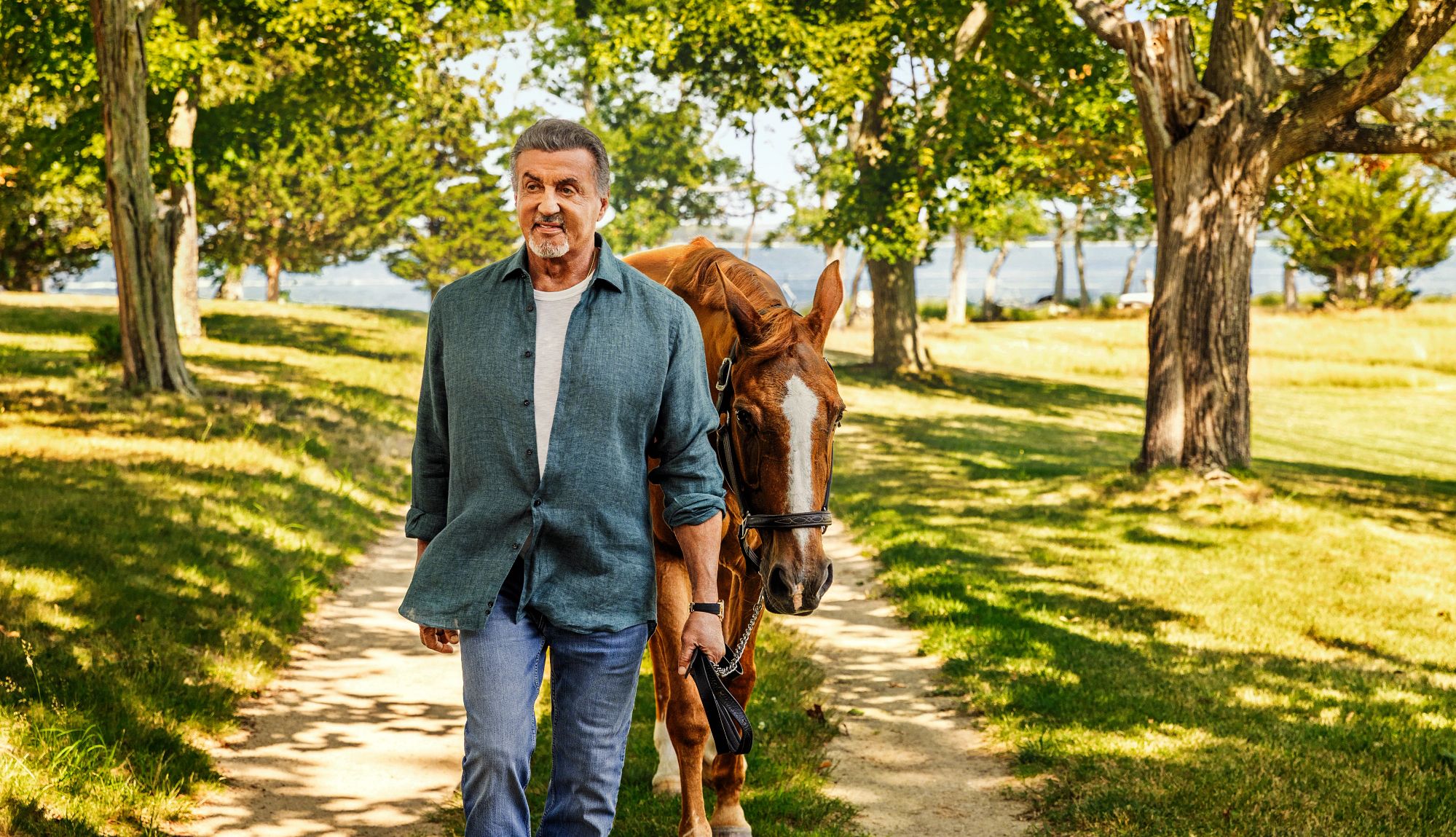





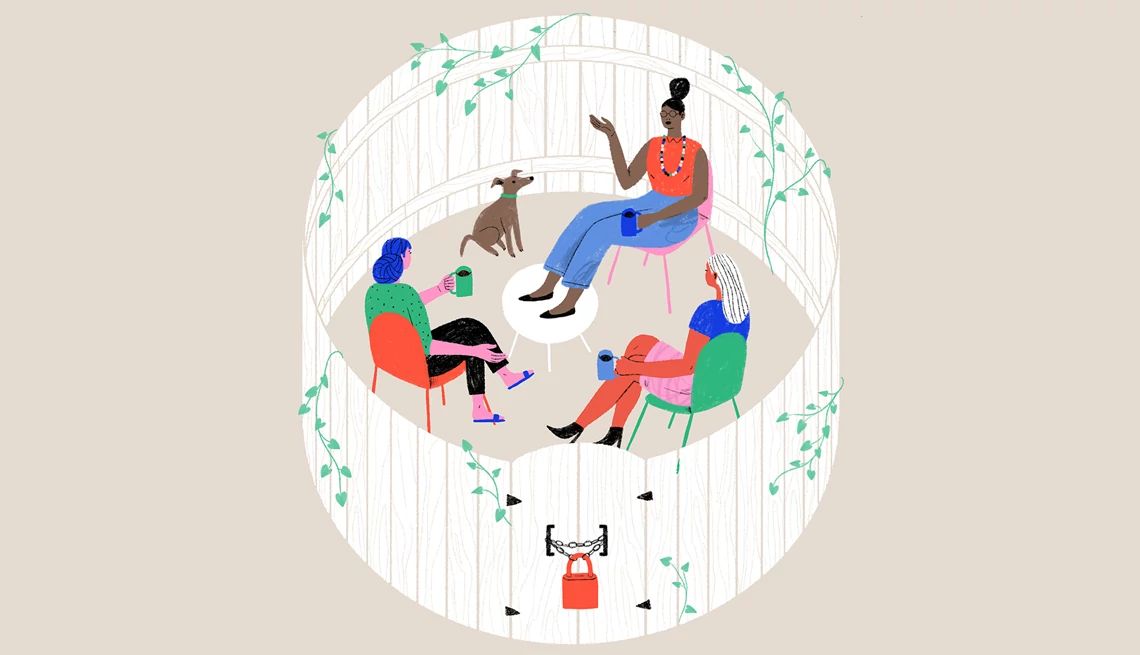

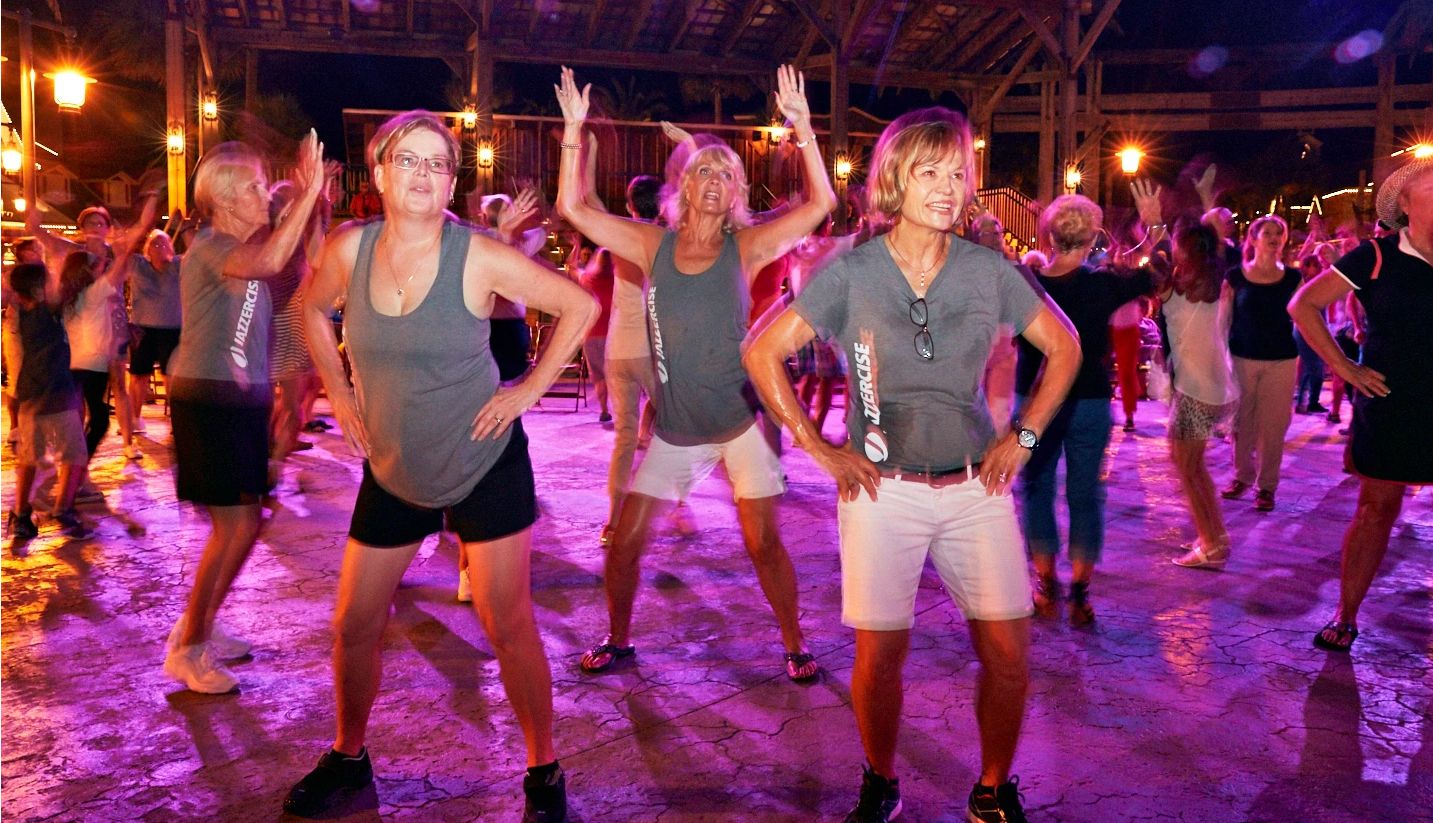
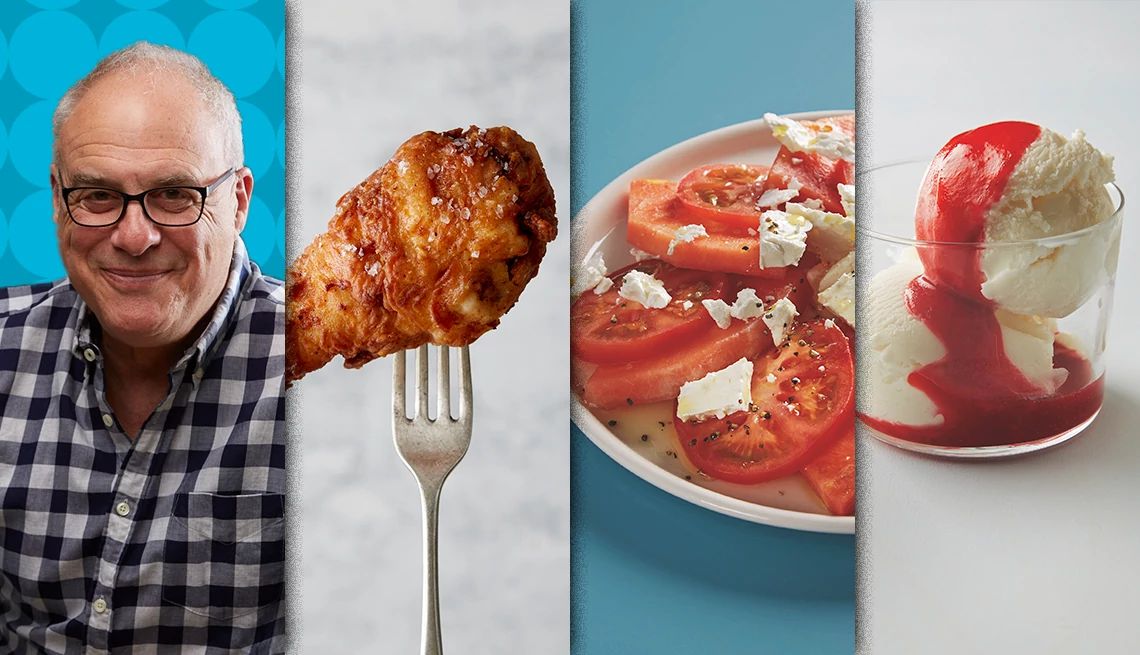

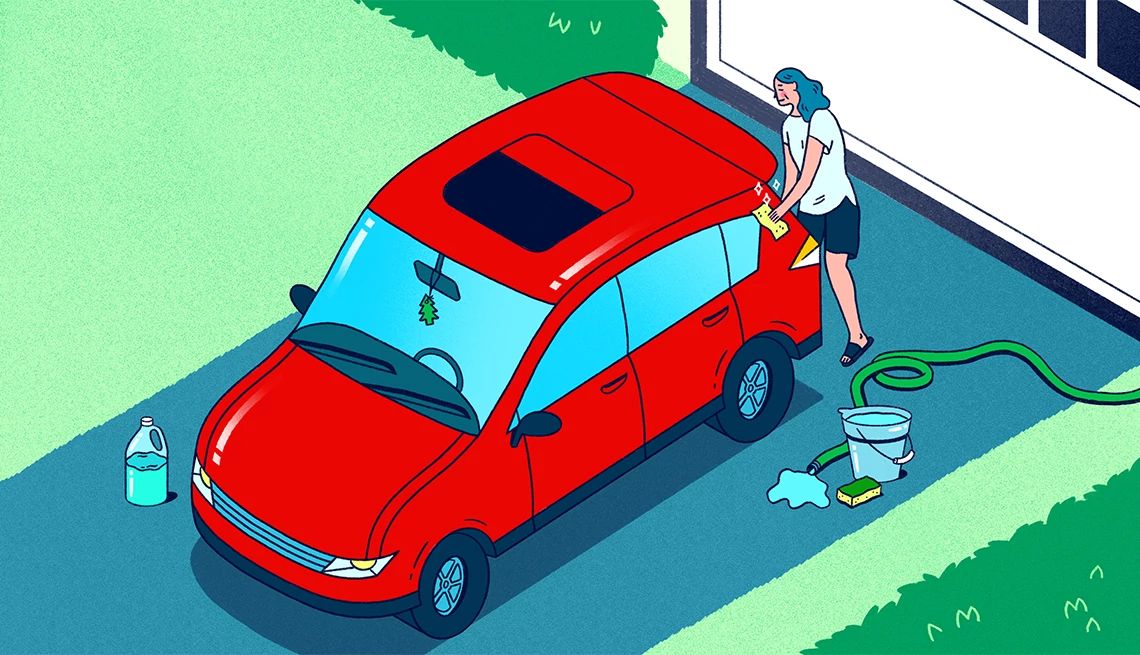




































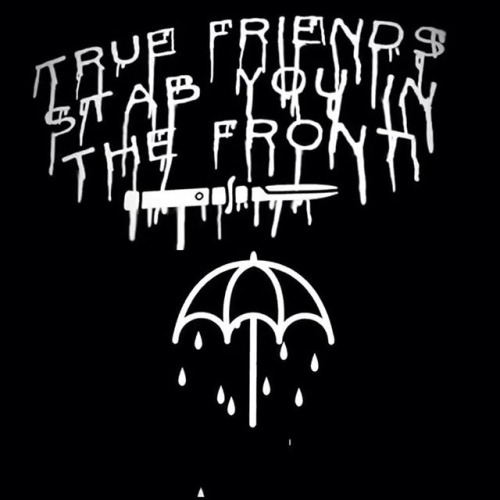 Pardon me. But I just find this morbidly amusing!
Pardon me. But I just find this morbidly amusing!





